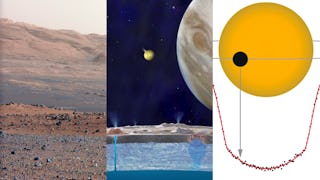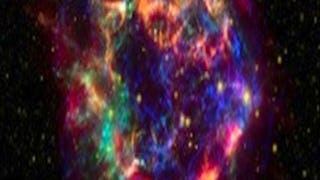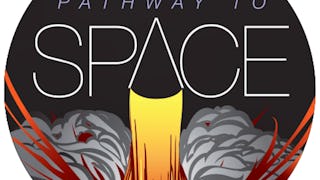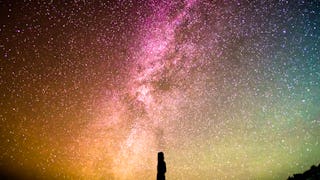This course provides an overview of what we know about the Solar System: how it began and evolved,
its components and their properties, and how these elements interact as a system. However, much of our knowledge remains incomplete, and so unanswered questions and mysteries figure prominently in the story. This course addresses our scientific understanding of the Solar System, how we know what we know, and many hotly debated questions at the cutting edge of scientific research. Each week features original essays by Neil deGrasse Tyson and Denton Ebel, two distinguished curators of the American Museum of Natural History. These essays provide a foundation for the overarching question posed during each week and include links to related websites. In addition, each week includes at least one video that uses the NASA-funded OpenSpace software to complement the essays with data visualizations narrated by AMNH’s Carter Emmart, Director of Astrovisualizaton, and Jaqueline Faherty, Senior Scientist and Senior Education Manager.

















